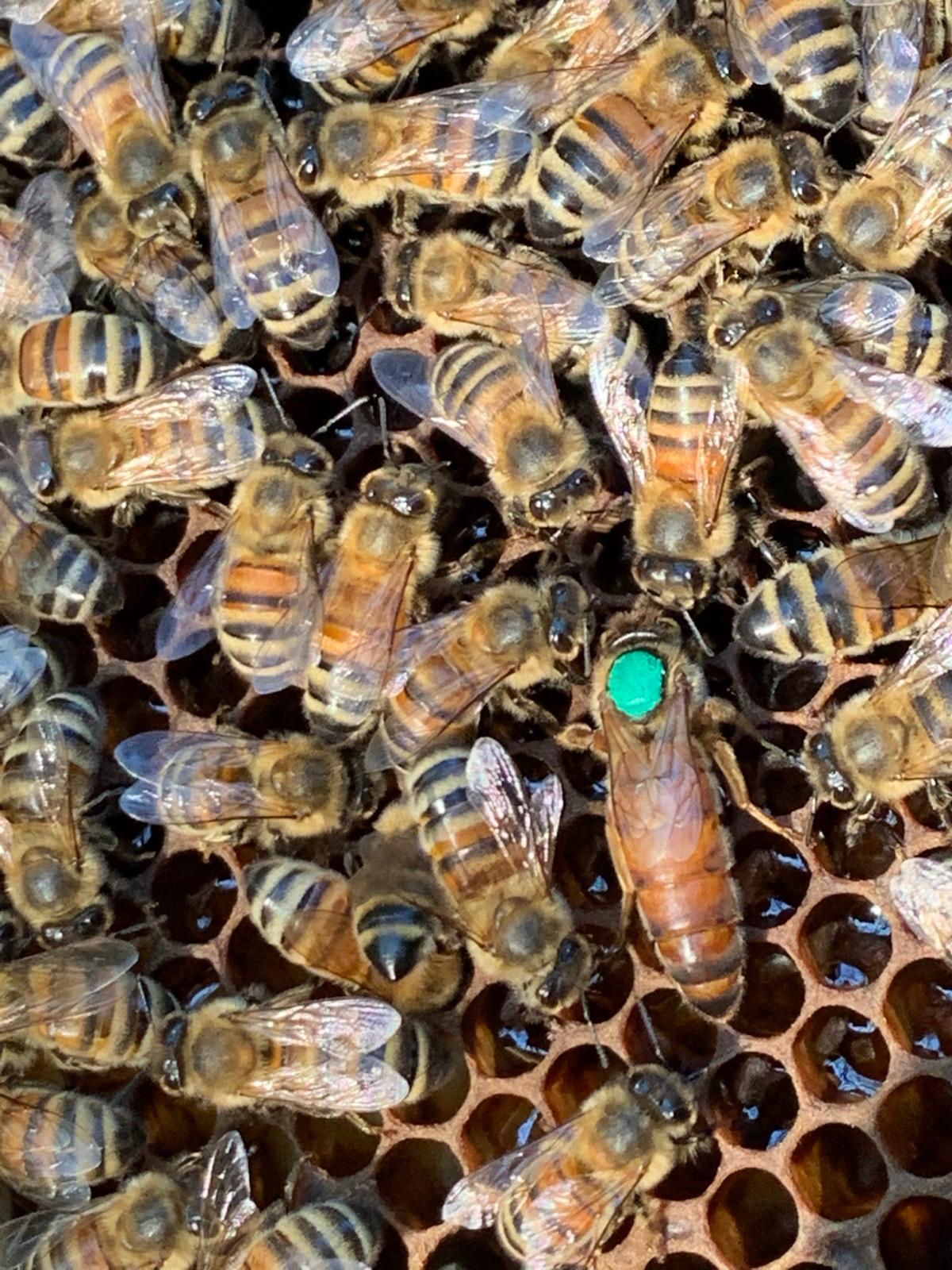
Queen bees: Italian, Ligustica, and the first are mine
In a few words, come and see, you can do an internship. Ask for it, you’ll be welcome in Sardinia from January to mid-April, or in Casteggio, Lombardy, from April to August.
You’ll work with me and learn how my operation works.
Only Italian queens
I raise only Apis mellifera ligustica Spinola.
In Italy, a bee subspecies — improperly referred to as a “race” — has developed and differentiated over millennia: Apis mellifera ligustica Spinola.
Around the world, it is better known as the Italian bee. Its exact origin, however, is Liguria, hence the name ligustica.
Starting in the 1900s, Italian breeders have populated the entire world with this bee: the United States, Canada, Argentina, and all of South America, Australia, New Zealand, and more recently, the Near and Middle East.
Why was everyone so eager to have them?
The answer is simple: very docile, very easy to raise, very prolific and productive, low tendency to swarm, capable of adapting to all climates, and disease resistant.
My work aims to preserve these qualities while enhancing them through modern selection techniques.
I am a queen breeder, and for the selection of F0 queens I have relied on one of the most prestigious Italian partners. From “La Pollinosa,” I source my breeder queens, produced through artificial insemination and controlled mating in an isolated island station operating with a single drone line.
Every year, I breed from four F0 selected queens with pedigrees from both the maternal and paternal lines.
“La Pollinosa” queens are selected for docility, productivity, good stock keeping, low tendency to swarm, and, above all, careful monitoring of disease-free brood characteristics.
All our F0 queens are certified as Ligustica through morphometric analysis by CREA.
The right queen bee, at the right time
We travel to southern Sardinia to obtain queens early in the season.
I perform the first graftings between February 7th and 15th, have the first queen cells ready by the end of February, and the first laying queens available by March 20th.
This allows us to sell queens ahead of everyone else, so beekeepers can start the new season with strong, thriving colonies.
Be aware: demand for queens is very high during this period!
If you want them, you must book well in advance at info@lucabonizzoni.it

